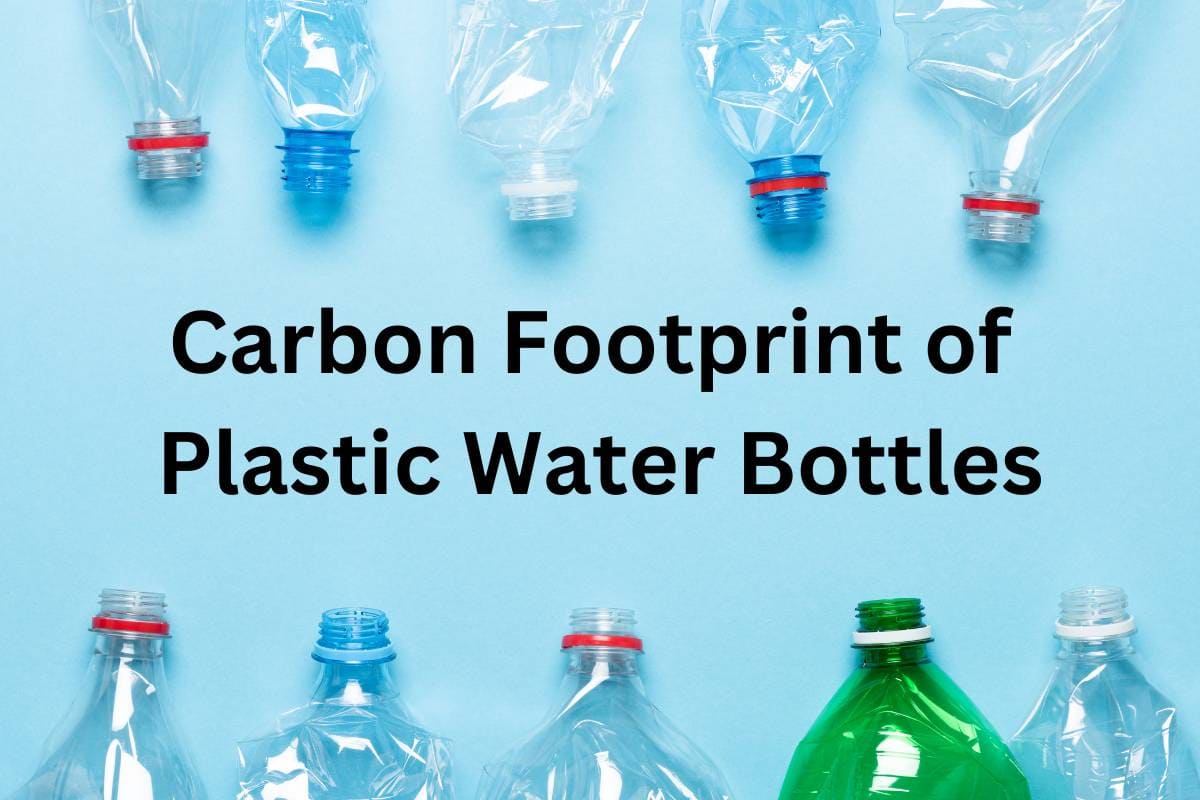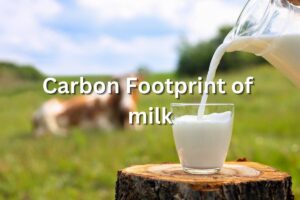Carbon Footprint of a Plastic Bottle (PET)
The carbon footprint to produce a plastic bottle (PET) is approximately 0.3 kg CO2e (10.58 ounces of carbon dioxide equivalent) per bottle.
Plastic bottles are made from polyethylene terephthalate (PET), a type of plastic resin derived from crude oil and natural gas. The extraction and refining of these fossil fuels are the first steps that contribute to the carbon footprint. The processing of these plastic resins further adds to the greenhouse gas emissions.
Oil affects global warming by producing high quantities of greenhouse gases when burned. This contributes significantly to the carbon footprint of plastic bottles
Production Steps of plastic bottles that add carbon footprint
- Transportation: Finished bottles are transported to various locations for filling and distribution. Transportation uses fuel, which adds to the carbon emissions.
- Extraction of Raw Materials: Crude oil and natural gas are extracted from the earth. This process requires significant energy and results in CO2 emissions.
- Refining and Polymerization: The extracted raw materials are transported to refineries where they are processed and converted into PET. This involves heating and chemical reactions, both of which use large amounts of energy and produce CO2.
- Manufacturing: The PET is then molded into preforms, which are small, test-tube-like shapes. These preforms are later heated and blown into the final bottle shape. The manufacturing process consumes energy, primarily from fossil fuels, contributing further to the total carbon footprint.
Interesting Facts
- Energy Use: Producing PET bottles uses a lot of energy. About 3.4 megajoules are needed to make one bottle.
- Water Consumption: It takes about 3 liters of water to produce a 1-liter PET bottle. This includes the water used in production processes.
- Recycling Impact: Recycling PET bottles can reduce their carbon dioxide and other greenhouse gases emissions by up to 50%. However, only about 30% of PET bottles are recycled worldwide
- Transportation Emissions: Transporting bottled water increases its carbon footprint. Local production and consumption can reduce these emissions.
- Plastic bottles are so popular around the world that around 1 million bottles are bought and sold every minute. If you are concerned about the health and safety of the planet and your body, then there are many alternatives to single-use plastic bottles that will cut down on waste–and may even save you some money!
Tips to Reduce the Carbon Footprint of Plastic Bottles
Use Reusable Bottles: Instead of buying single-use PET bottles, use a reusable water bottle. This drastically cuts down on plastic waste and the associated carbon footprint.
Recycle Properly: Always recycle PET bottles if you must use them. Ensure they are clean and placed in the correct recycling bin.
Support Local Brands: Buy bottled water from local producers. This reduces the transportation emissions associated with long-distance shipping.
Buy in Bulk: Purchase larger bottles instead of multiple small ones. This reduces the amount of plastic used and the energy required for production.
FAQ
How Does the Lifecycle of a Plastic Bottle Affect Its Overall Environmental Impact?
The lifecycle of a plastic bottle starts with extracting crude oil and natural gas, which uses a lot of energy and emits CO2. Manufacturing the bottle involves more energy and emissions. Transporting the bottles adds to their carbon footprint due to fuel use. If not recycled, bottles can end up in landfills or oceans, taking hundreds of years to decompose and polluting the environment. Proper recycling reduces the need for new raw materials and minimizes waste
What is the difference between the carbon footprint of glass vs plastic bottles?
Glass bottles generally have a higher carbon footprint than plastic bottles. This is due to the energy-intensive process of producing and transporting glass, which is heavier than plastic. However, glass bottles can be reused and recycled more efficiently, potentially offsetting their initial higher carbon footprint over time.




